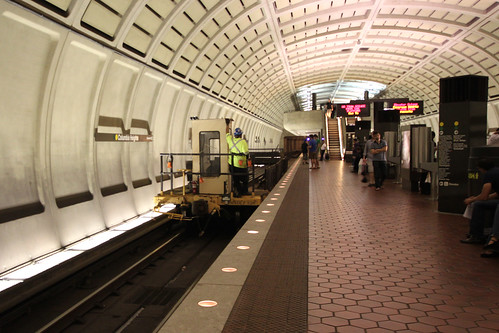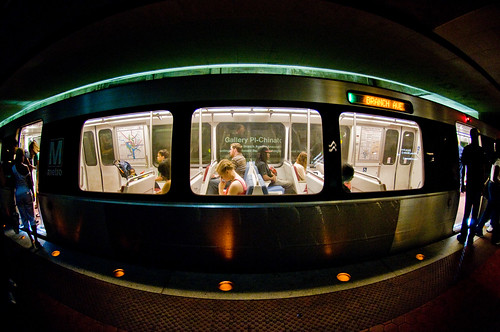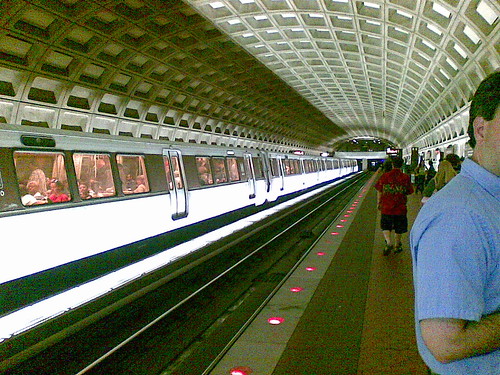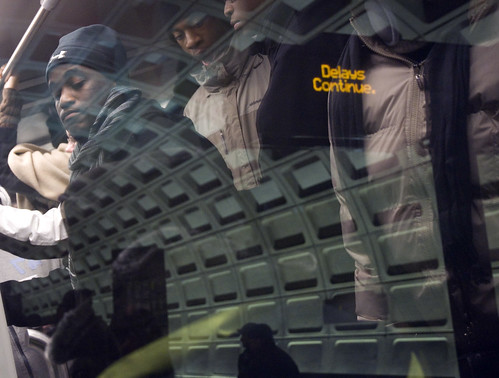Job Alert: Manager, Media Relations – Washington Metropolitan Area Transit Authority – Washington, DC
(Source: TransitTalent.com via Bernie Wagenblast’s TCN)
| Company: | Washington Metropolitan Area Transit Authority |
| Position: | Manager, Media Relations |
| Location: | Washington, District of Columbia |
| Job Status: | Full-time |
| Salary: | See Below |
| Job ID: | 24115 |
| Website: | http://www.wmata.com |
The incumbent is responsible for assisting with the management of activities for the Office of Media Relations. Serves as deputy chief spokesperson for the Authority and manages Metro’s media relations efforts with traditional media (TV, radio, print, online) and key external agencies. Assumes Director’s responsibilities when necessary. This is highly responsible professional and administrative work. Significant writing is required, as is the ability to provide professional, on camera and on-the-record comments on behalf of the agency.
Major Duties
- Manages the day-to-day operations of the media relations department (commonly known as the press office). Supervises public information officers.
- Serves as deputy chief spokesperson for the Authority on a variety of issues affecting WMATA and the communities served. The incumbent deals with print and broadcast media on a day-to-day basis, responding to inquiries and generating information pertaining to the Authority, including local, regional and national media outlets.
- The Manager, Media Relations & Deputy Chief Spokesperson is an official Authority spokesperson. This includes 24-hour on-call duty to provide support during service disruptions or emergencies, and to respond to media inquiries concerning Authority policies, business matters, and service issues outside normal business hours, including weekends and holidays.
- Advises and prepares the General Manager, Executive Leadership Team, Directors, and subject-matter experts for interviews with reporters and arranges such interviews.
- Develops and assists in the conception, production, implementation and administration of all strategic media plans. The individual analyzes and evaluates media plans for effectiveness and recommends alternatives, if appropriate
- Works closely with individuals in other departments and offices to coordinate media relations activities such as media photo opportunities, formal and informal press conferences, live interviews, taped interviews, group interviews, one-on-one interviews, and media roundtable discussions.
- Conducts and oversees special research and evaluations on media-related programs and projects to enhance the dissemination of information to the various media outlets and recommends improvements.
- Researches, writes, and disseminates news releases, talking points, media advisories, fact sheets and media/press kits.
- Edits news releases from Public Information Officers prior to release.
- Researches, writes and disseminates talking points/message points to appropriate internal audiences for their use in responding to media inquiries.
- Uses available technology to post news related to the Authority on Metro¿s web site, transmit information through email alerts or similar technology. Work in coordination with Social Media Manager to ensure news appropriately transmitted via social media channels.
- Builds professional relationships with reporters to establish credibility, positive rapport, and fair coverage of issues critical to the Authority.
- Develops management and administrative reports within the Office of Media Relations.
- Advises the Director of Communications & Chief Spokesperson on strategic and tactical matters to maximize positive news coverage. Must be able to meet tight deadlines and perform effectively in a fast-paced, breaking-news environment.
- Meets with colleagues in other departments and offices to help develop strategies for presenting these programs to the media and the public. The individual meets with the Director of Communications & Chief Spokesperson to develop media strategy on issues affecting the Authority.
- Must maintain confidences while working with confidential information.
The above duties and responsibilities are not intended to limit specific duties and responsibilities of any particular position. It is not intended to limit in any way the right of supervisors to assign, direct and control the work of employees under their supervision.

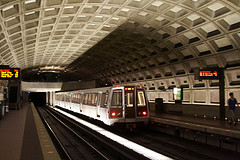
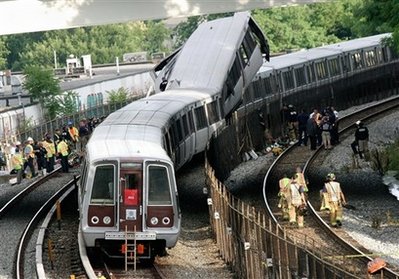
![Reblog this post [with Zemanta]](http://img.zemanta.com/reblog_e.png?x-id=97fd249b-26b6-4015-8b64-6154bb207d08)
